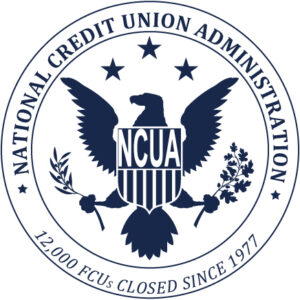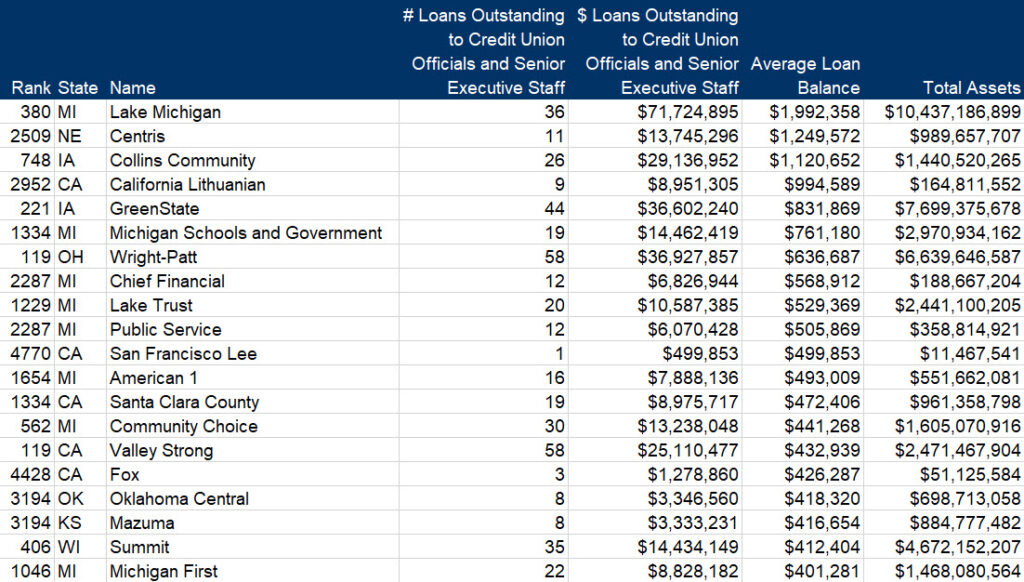On paper and as a long standing, unique cooperative value, the best answer is, “Maybe.” After all for federal and many state charters the member-owners have one person, one vote in elections, and no proxies allowed.
The required annual meeting is the recurring opportunity for members to decide who will represent them. To approve their current leaders or to vote them out.
This is a crucial process in co-op governance. However, the practice rarely lives up to the theory. One person sent me his summary of board elections with the title: It’s a scam.
Here is my observation on the subject of Board elections:
1-The credit union board of directors appoint a nominating committee. The committee are usually directors NOT up for re-election.
2- The nominating committee nominates the incumbent directors.
3-The nominating committee does not nominate any non-incumbents.
4-The ballot is “no contest” – the number of directors up for election is the same number of directors on the ballot.
5-There are no director term limits.
6-Directors arrange to “resign/retire” mid-year so the position can be filled by appointment – by the incumbent board of directors.
7-Once appointed the director will seek “re-election” by way of the nominating committee – composed of the board of directors
If a member seeks to run for the board they need to stand in front of the credit union and solicit signatures on a nominating petition & the number of signatures required is substantial.
If it is not a scam, contested elections are certainly a rare occurrence.
While cynical, there is more than an element of truth in this former CEO’s observation.
Does the Absence of Director Elections Make any Difference?
Many very large federal credit unions have never had an, open contested board election in this century. In seven states where proxies are used by state charters, the board itself controls all of the votes even were there to be a nomination by petition. The result is that boards end up perpetually controlling who serves.
Incumbent directors and CEO’s would defend the process by pointing to the industry’s financial results and member growth. They would argue that is the real measure of the responsiveness of board leadership.
Others would point out that credit unions regularly publicize board nominations when announcing the annual meeting, but never receive any interest from members.
For many the idea that any member might collect sufficient signatures to stand for the board is unsettling. After all it takes expertise and experience like that of current office holders, to be able to be a director.
If most credit unions succeed without democracy does it matter?
Can this co-op concept of “democracy” succeed if the member-owners never vote?
What kind of leadership culture and responsiveness will exist at the board level knowing that their tenures are never subject to member approval?
How will co-ops present themselves versus for-profit institutions where shareholder rights and activity are frequently used to bring issues to the fore at annual meetings?
Finally, how does one explain the voting manipulation that occurs with mergers of long serving, solvent credit unions where substantial benefits are paid to the merging CEO?
The merger transaction promises members only rhetorical future benefits. But the person responsible for the merger, who gives up leadership responsibilities, receives significantly more compensation (a golden parachute) than by staying and retiring from the job.
One writer described the outcome when democratic practice is usurped by those in power:
“when you get rid of the democratic oversight of a sector of the economy, it becomes a black market free-for-all, a winner-take-all-loser-dies-in-poverty survival-of-the-fittest dog-eat-dog game.
The masses lose, the commons suffer, individual rights get trampled, and power amasses to CEO’s maximizing their personal outcomes. “
The Most Important Loss
While the erosion of democratic processes, may take time to manifest itself, the failure to cultivate co-op’s unique member-owner design may be the system’s biggest vulnerability.
Recently the Vanguard Group of mutual funds began a new television campaign. The theme: “You’re not just an investor, You’re an Owner.”
This is only the second national TV campaign in the firm’s history. As their initial product advantage of low cost, index-based mutual funds and ETF’s was matched by all their competitors, they are now singling out the one difference no other fund can match.
The message: “A rich life is about more than just money. That’s why at Vanguard, you’re more than just an investor — you’re an owner. So you can build a future for those you love.”
The agency which created the ads explained: the campaign was introduced “to celebrate the benefits of Vanguard’s unique corporate structure which makes clients, owners” and that the goal is “to underscore the value that investors can realize by investing through a firm with no outside owners other than its clients.”
More than a Design
Credit unions which fail to practice and celebrate their unique member-owner design, may be surrendering the most important advantage they have.
Democratic governance is not just another organizational option. It is a critical aspect of an organization’s beliefs and practices for relating to the members who created and own the credit union.
When the advantage is not used, it goes away. Co-ops become indistinguishable from banks. Members are just another name for customers. And leadership progressively presumes its judgments and choices are the primary basis for all decisions-even those ending the charter’s independent existence. Even authoritarian leaders can survive, for a while.
When democratic practices are habitually circumvented, they are difficult to restore. Without regular succession processes, the ability to find new leaders, or even generate interest in leadership is squelched. And at any moment, the sirens of self-interest can appear, cancelling the credit union’s future for all members.
Democracy matters, until it doesn’t. The good news is that this is a fundamental flaw that every credit union has in its own power to fix.









